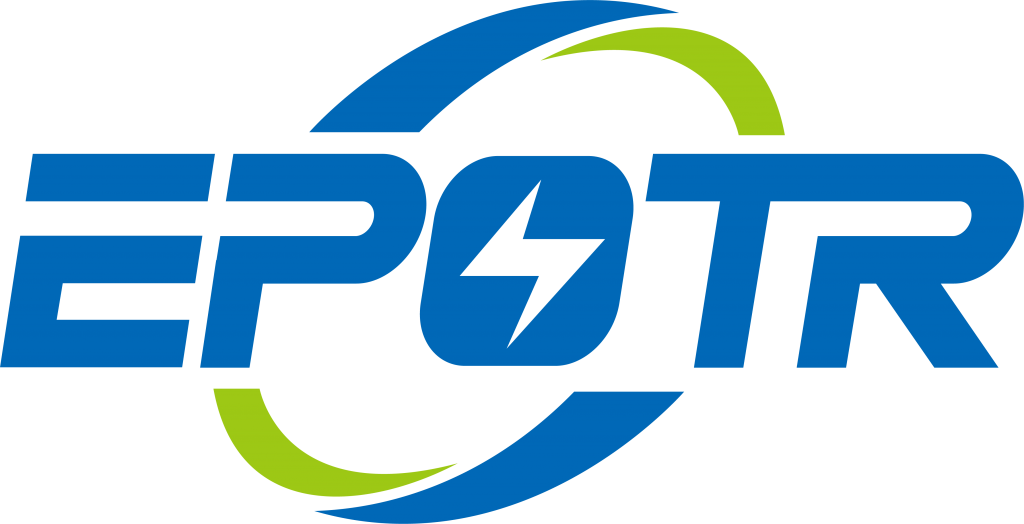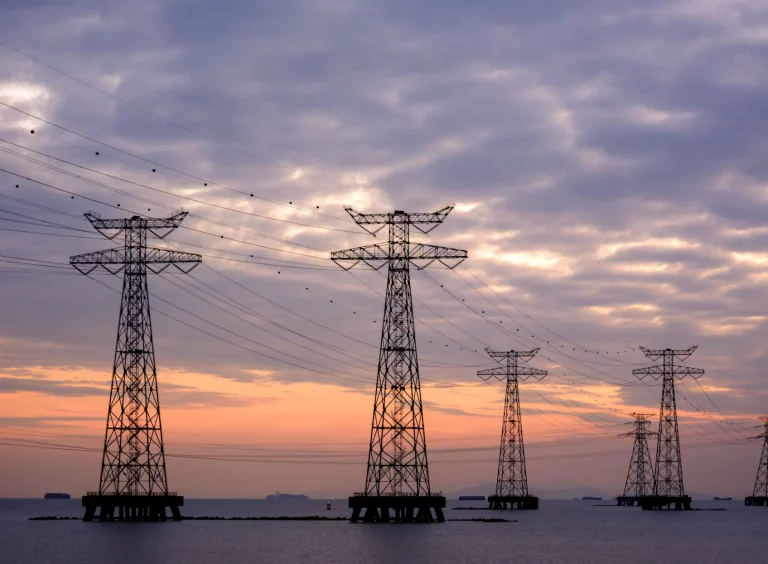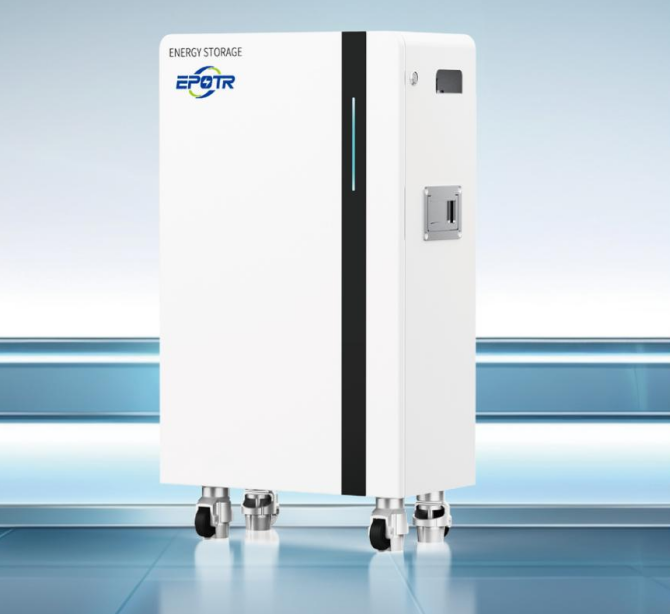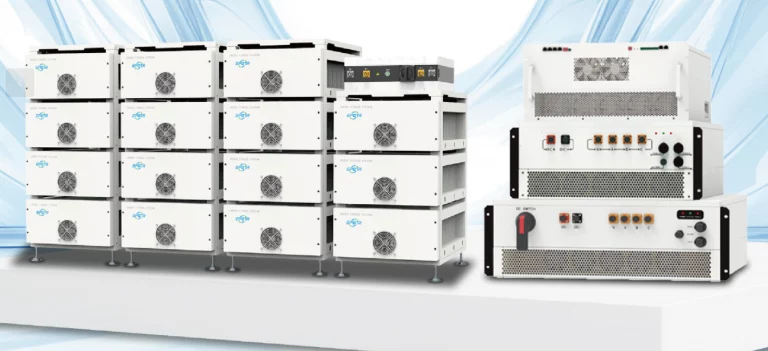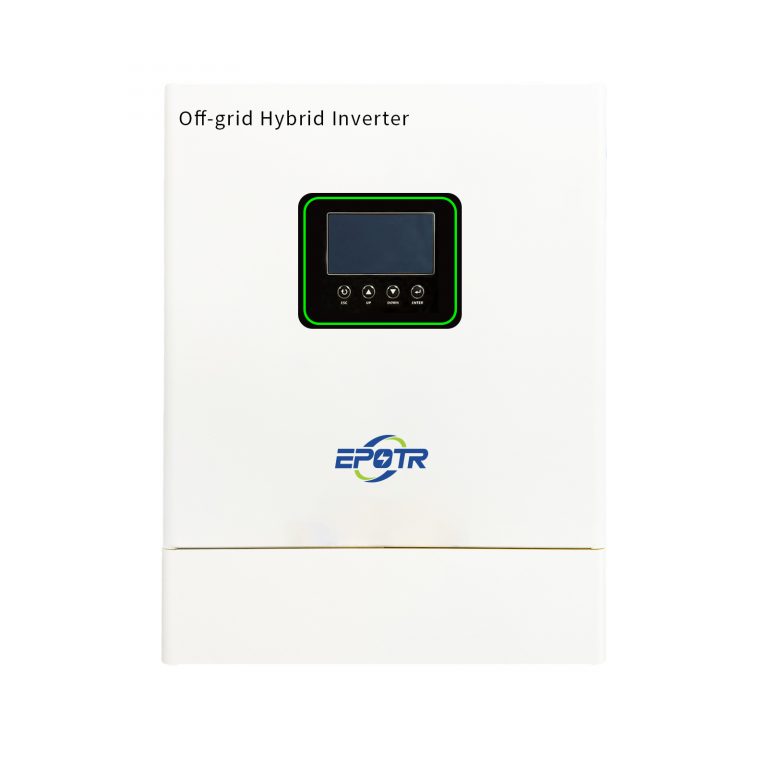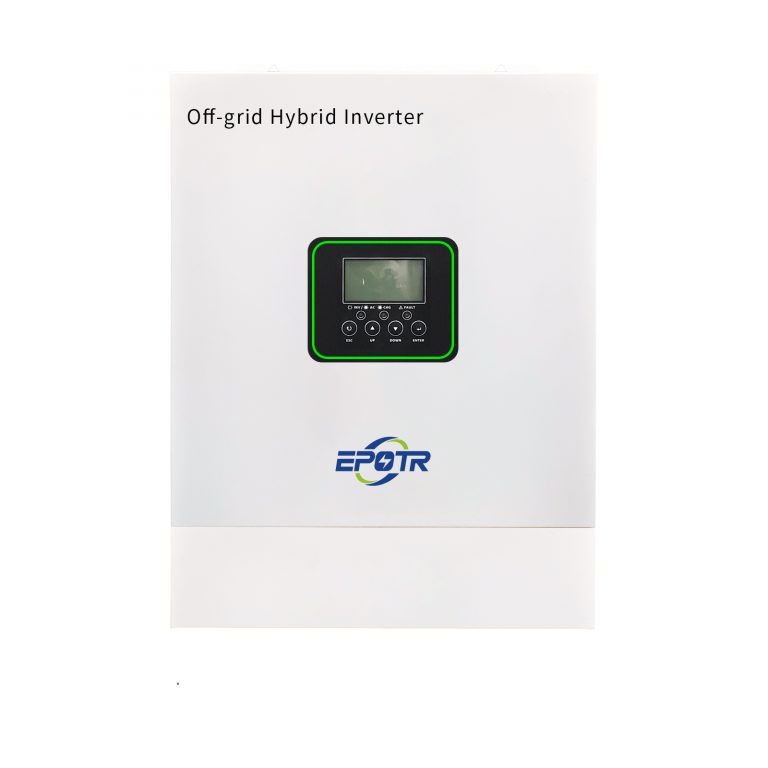Renewable energy is shaking up your world, but keeping the grid solid and cheap is no easy task. Solar and wind are great, yet they falter with weather changes. Energy storage systems (ESS) jump in to help, making power grids tougher and greener. If you’re wondering how to run your business or town without big bills or hurting nature, EPOTR has some neat ideas. Started in Dongguan, China, this crew loves smart energy tricks: Build a cleaner future with cool power tools and renewable setups. They whip up stuff like C&I ESS Solutions that make power better and cut down on pollution. They want to lead the globe in energy fixes. Their gear looks pretty slick for anyone into green power.
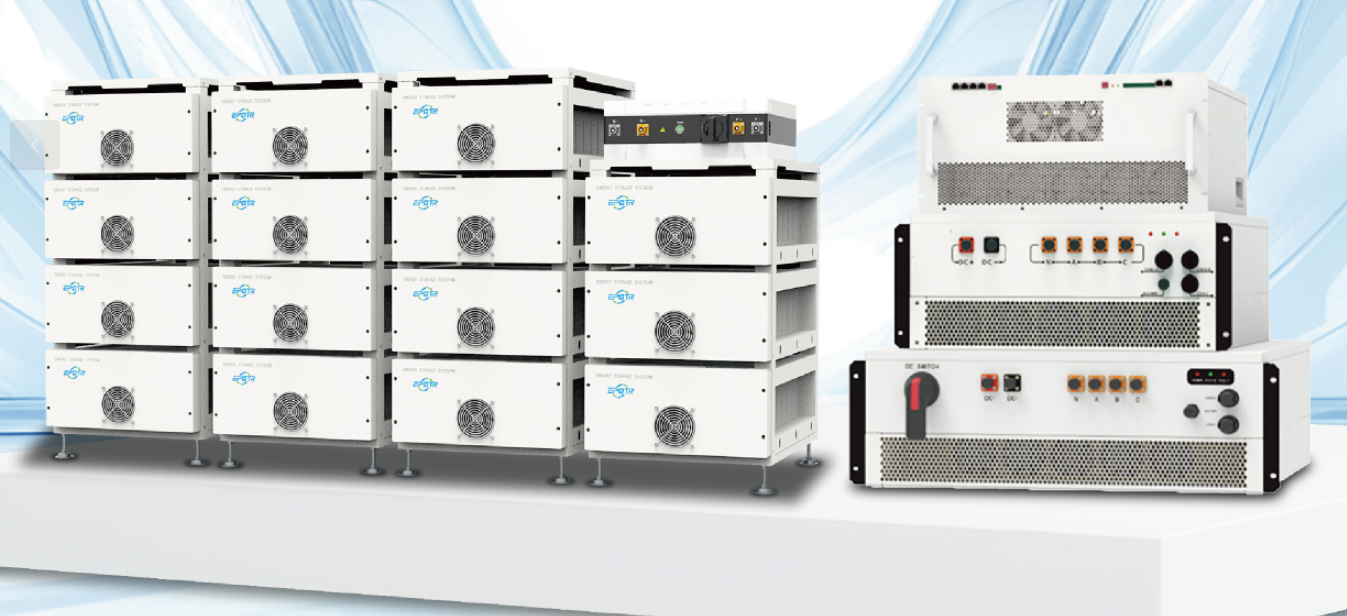
What Are the Key Challenges in Modern Grid Systems?
Running a business or community means dealing with a grid that’s often stretched thin. Solar and wind are clean, but they don’t always show up when you need them. Old setups and pricey energy add to the mess. These problems can stop your work and hike up costs, so finding ways to keep power steady and affordable matters a lot.
Renewable Energy Intermittency
Solar panels and wind turbines depend on the sky, which can be tricky. In Nigeria, over 40% of places struggle with wobbly power since daytime solar can’t be saved for night. This wastes energy and pushes people to use costly, smoky diesel generators.
Grid Stability and Frequency Regulation
Shifting energy needs and renewable sources test the grid’s balance. In Germany, lots of wind and solar use has raised the need for quick frequency fixes to dodge blackouts. Without fast help, power quality slips, and outages pop up more.
High Energy Costs and Infrastructure Limitations
Peak power prices can sting, especially for shops. In Saudi Arabia, businesses pay four times more during peak hours than off-peak, driving up bills. Old grid lines, like in Germany where losses hit 8-10%, make things worse, so smart fixes are a must.
Why Is Energy Storage Critical for Grid Modernization?
Energy storage systems are the backbone of a fresh grid, handling the ups and downs of renewables and old setups. They stash extra power, keep things reliable, and save you cash. Whether you’re running a factory or a quiet town, ESS can make a big impact on keeping power smooth and green.
Enabling Renewable Integration
Storing extra solar or wind power for later is a big win. In Nigeria, solar farms with hefty lithium-ion batteries have lifted solar use from under 30% to 75%. So, you can lean on clean energy even when it’s dark, cutting waste and fossil fuel need.
Enhancing Grid Reliability
Backup power and frequency tweaks keep things rolling. In Germany, tiny lithium-ion ESS units jump in within milliseconds to fix grid shifts, dropping losses to under 5%. This kind of steadiness means your business keeps going, no matter what hits.
Reducing Operational Costs
Smart storage can shrink your power bills. By loading up when prices dip and using stored energy when they spike, setups in Saudi Arabia have chopped costs by 30-40%. This peak-valley trick lets you take charge of your energy spending.
How Do Lithium-Ion Batteries Drive ESS Innovation?
Lithium-ion batteries are the heart of new ESS, mixing power, safety, and long life. They fit great for factories, offices, or far-off spots, giving clean energy where you want it. Their ability to grow and handle tough jobs makes them a top pick for grid updates.
High Efficiency and Scalability
With up to 95% efficiency, lithium-ion batteries squeeze the most from every watt. Systems like those on this website stretch from 50 kWh to 243 kWh, perfect for growing shops. You can start small and add more as your needs shift, keeping things strong.
Advanced Safety Features
Safety counts with big power gear. Lithium iron phosphate (LFP) batteries, common in ESS, have clever battery management systems (BMS) that block overcurrent, overvoltage, and overheating. This gives you solid work without fretting over accidents.
Long Cycle Life
Tough batteries save money down the road. These can handle 6,000 cycles at 90% depth of discharge, lasting years even with heavy use. Whether you’re powering a warehouse or a data hub, this staying power keeps costs low.
What Makes Integrated ESS Solutions Stand Out?
Integrated ESS solutions bundle lots of parts into one neat package, making setup easy and use simple. They’re built to tackle tricky energy needs while keeping things straightforward for you. From factories to rural grids, these systems bring flexibility and strong performance.
Seamless System Integration
Mashing power conversion systems (PCS), battery control, and energy management systems (EMS) cuts setup headaches. In Nigeria, modular ESS with efficient inverters (98.5% efficiency) simplifies links. This means less time fiddling and more time working.
Flexible Installation
Plug-and-play designs with IP65 protection make setup quick, even in rough spots. In Africa, systems needing just 12 screws have saved time and cash. You can put these up in tight spaces or bad weather without much fuss.
Enhanced Functionality
Built-in EV chargers and stretchy battery modules add variety. For instance, systems with 11 kW EV charging modules let you power cars alongside your work. This all-in-one style gets you ready for different energy tasks, now and later.
Why Choose C&I ESS Solutions for Your Business?
When you need energy fixes that work, commercial and industrial ESS systems shine. They’re made to handle business demands, offering dependability, flexibility, and a green touch. With wins across different places, they’re a smart pick for your energy future.
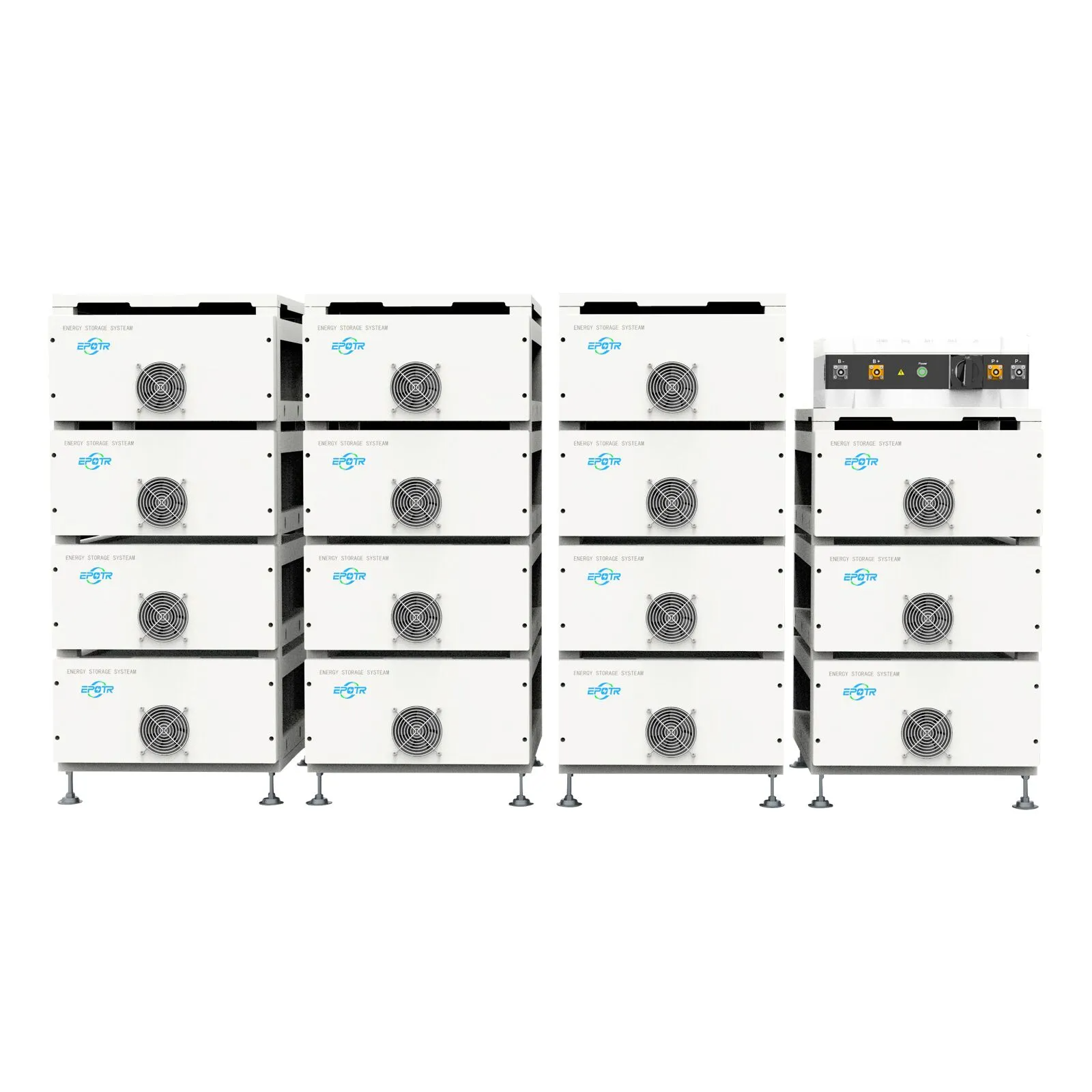
Proven Performance Across Regions
From Nigeria’s solar-storage projects to Germany’s frequency fixes, these solutions deliver. In Saudi Arabia, they’ve dropped solar waste to under 5%, so you get the best from renewable energy. Real wins like these prove you can count on them.
Tailored and Scalable Systems
Modular designs let you pick capacity from 50 kWh to 243 kWh, matching your needs. Whether you’re running a small factory or a big campus, you can grow as demand rises, keeping costs fair and work smooth.
Commitment to Sustainability
These systems back global green goals, cutting carbon emissions while powering your business. By storing clean energy like solar, you cut fossil fuel use, helping the planet without losing strength. It’s a nice bonus, huh?
What’s Next for Energy Storage and Grid Evolution?
The future of energy storage looks bright, with new tricks and smarter setups on the way. As grids change, staying ahead means grabbing ideas that make power cheaper and easier to grab. For shops and towns, these moves promise a greener, more wallet-friendly energy world.
Advancements in Battery Technology
New designs, like busbar-less photovoltaic cells, cut silver use by 20-40% and lift module power by over 5W. These tweaks mean you get better batteries for less cash, making ESS easier to try, no matter your budget.
Integration with Smart Grids
AI-driven energy tools, like those in Nigeria, guess demand using weather and usage data. They help you time charging and discharging for top results. Your system stays sharp, whatever the weather throws.
Global Expansion of ESS Adoption
Need for stretchy ESS is climbing worldwide. Solutions like those on this website meet this call, backing renewables in many spots. As more shops and towns join in, you’ll see cleaner, steadier grids everywhere. Learn more about EPOTR’s vision, solutions, or connect directly for tailored support!
FAQ
Q1: How do energy storage systems help with shaky grids?
A: They save extra renewable energy, like solar, for outages, cutting downtime by up to 70%, like in Nigeria’s weak grid spots.
Q2: Can ESS really lower business energy bills?
A: Yeah, by charging when prices drop and using stored power when they rise, they can save 30-40% on bills, as in Saudi Arabia.
Q3: How flexible are modern ESS solutions?
A: They range from 50 kWh to 243 kWh, with modular designs letting you add capacity as your business grows, fitting all needs.
